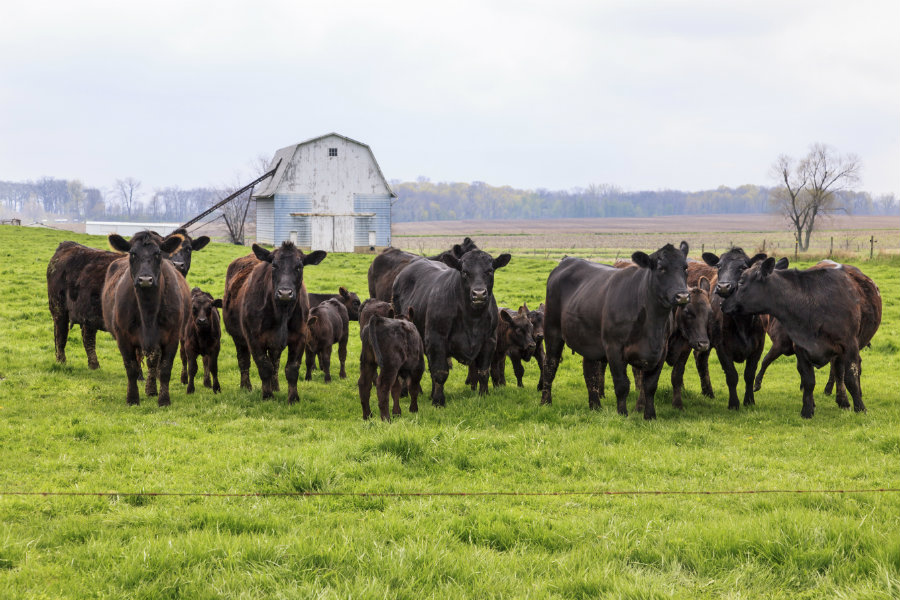
 3
3




seeking mutualism, discovering trees
 3
3




 2
2




 3
3




"Study books and observe nature; if they do not agree, throw away the books." ~ William A. Albrecht
 2
2




"The rule of no realm is mine. But all worthy things that are in peril as the world now stands, these are my care. And for my part, I shall not wholly fail in my task if anything that passes through this night can still grow fairer or bear fruit and flower again in days to come. For I too am a steward. Did you not know?" Gandolf
 3
3




“All good things are wild, and free.” Henry David Thoreau
 1
1




seeking mutualism, discovering trees
 2
2




Idle dreamer
 1
1




seeking mutualism, discovering trees
 2
2




“All good things are wild, and free.” Henry David Thoreau
 3
3








seeking mutualism, discovering trees
 1
1




R Spencer wrote:Thanks for the tips Artie and Travis. Sourcing trees is not as much of a challenge as establishing them and figuring out how to maintain however much of the meadow we decide is preferable.
 1
1




"The rule of no realm is mine. But all worthy things that are in peril as the world now stands, these are my care. And for my part, I shall not wholly fail in my task if anything that passes through this night can still grow fairer or bear fruit and flower again in days to come. For I too am a steward. Did you not know?" Gandolf
 1
1





"The rule of no realm is mine. But all worthy things that are in peril as the world now stands, these are my care. And for my part, I shall not wholly fail in my task if anything that passes through this night can still grow fairer or bear fruit and flower again in days to come. For I too am a steward. Did you not know?" Gandolf
 1
1








seeking mutualism, discovering trees

|
A new kitten. What are we gonna name it? How about tiny ad?
PIE - The Easy Way to Support Permies.com
https://permies.com/t/240094/PIE-Easy-Support-Permies
|



